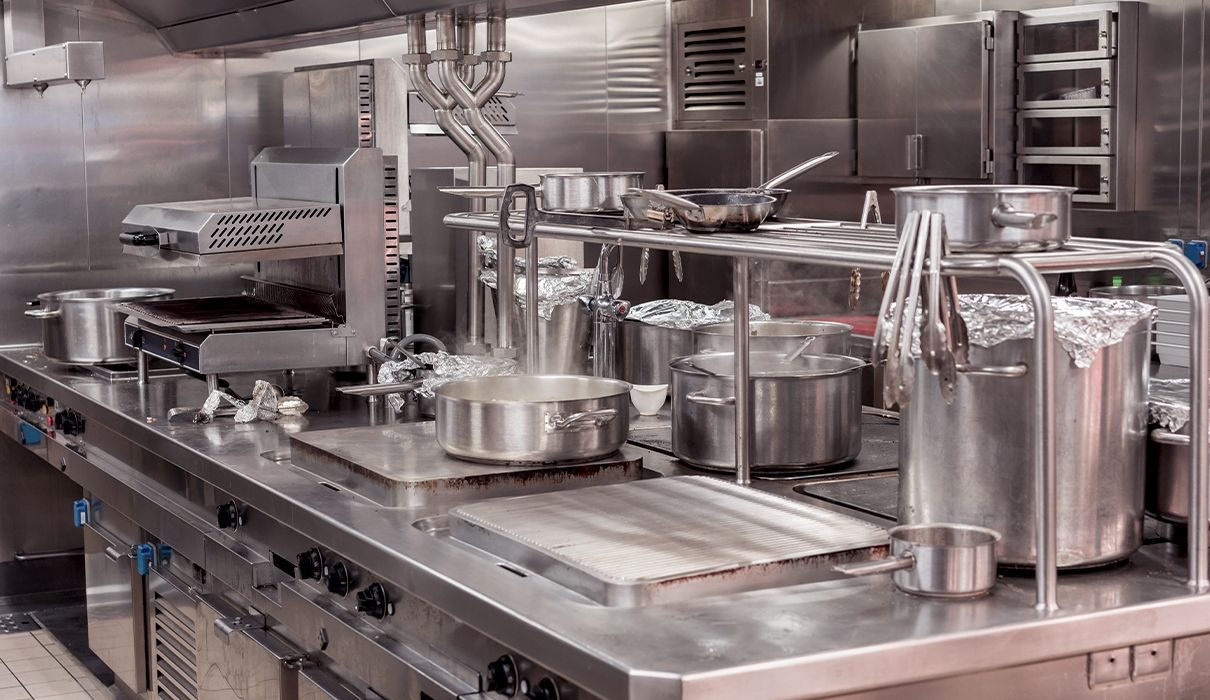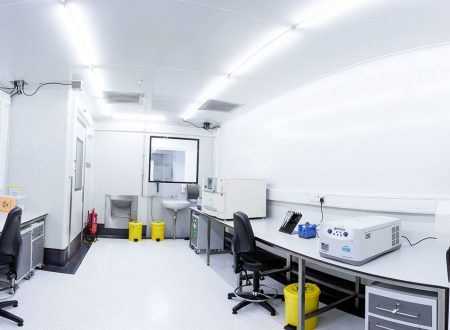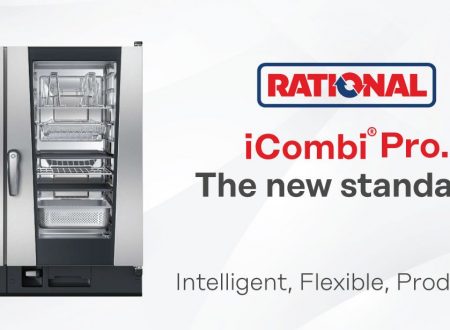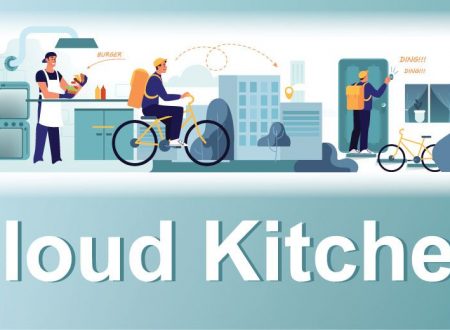Central Kitchen
In recent years, central kitchen becomes a trend for organizations to facilitate the food prep processes and expand their markets rapidly. Central kitchen is not only created and owned by a single organization with multiple branches, but is also rented out to smaller restaurants to grow their businesses without occupying any cooking space.
The central kitchen is known as a catering distribution factory or invisible kitchen which is useful for centralizing the entire process of preparing and making food catering as well as a place for distribution of semi-finished or finished products. Previously the productivity of a food service facility was low enough that a central kitchen or cloud kitchen was developed which aims to increase the effectiveness of the food-making process and to increase this effectiveness central kitchen implemented an integrated automation system.
Benefits of a Central Kitchen
A central kitchen is a very different operation from normal restaurant kitchens. It requires a large investment in specialized equipment such as planetary cookers, blast freezers and vacuum packing machines.
However, many F&B businesses such as restaurant chains/groups, large-scale banquet and catering operators, as well as F&B retail businesses require a central kitchen. Here’s what it offers:

i) Consistency and efficiency
In central kitchen, well-trained kitchen staff who concentrated on cooking processes and product quality control can be concentrated. Every catering product is produced in accordance with the standardized producing procedures, materials for cooking and seasoning, producing processes and conditions, packaging and storage can altogether be managed in a uniform way. Product quality and uniformity can thus be well guaranteed. It is beneficial for the administration of producing processes, especially for the product hygiene management and the improvement of product safety via implementing the standardized production. Thus, making the producing procedures effectively simplified, product quality more guaranteed and thus be contributing to the product hygiene management.

ii) Being more economical in both purchase and human costs.
By making the material procurement and stock control procedures, a unified purchasing and delivering can be established. This will empower the enterprise more possibility of price negotiation in purchases and make the purchasing processes simplified so as to save more cost. On the other hand, suppliers would in turn improve their product quality and service for the sake of their selling and its amount can be thus comparatively stabilized. As a result, food materials can be effectively used, wastes can be lowered, stock control and operation. Efficiency will be improved. The producing processes of all operating departments, processing wastes and human costs can sequentially be diminished.

iii) Cutting down idle equipment, increasing profitability.
Equipment and devices can be gotten in the utmost simplified will make a collective utilization upon them. As the result, developing funds that the newly built operating spots needed would be decreased, yet the profits be enlarged. With respect to spaces, all operating units can therefore get more stocking spaces free to enable the catering service part expanded.
iv) Business expansion
While your central kitchen will supply things to your restaurants; it also allows your business to expand into other industries such as food retail and wholesale. Are your customers raving about your tomato sauce and frequently requesting the recipe? You may jar the product and sell it at local markets using the space and resources of a commissary kitchen. You can concentrate on brand development and menu development as central kitchens enable you to develop a distinct signature brand and flavor for your restaurants.





